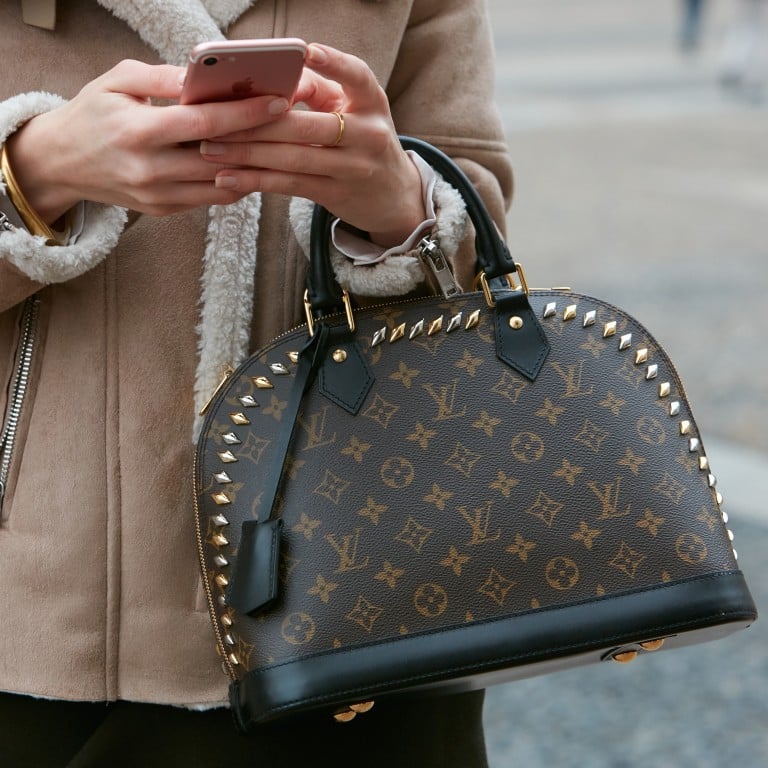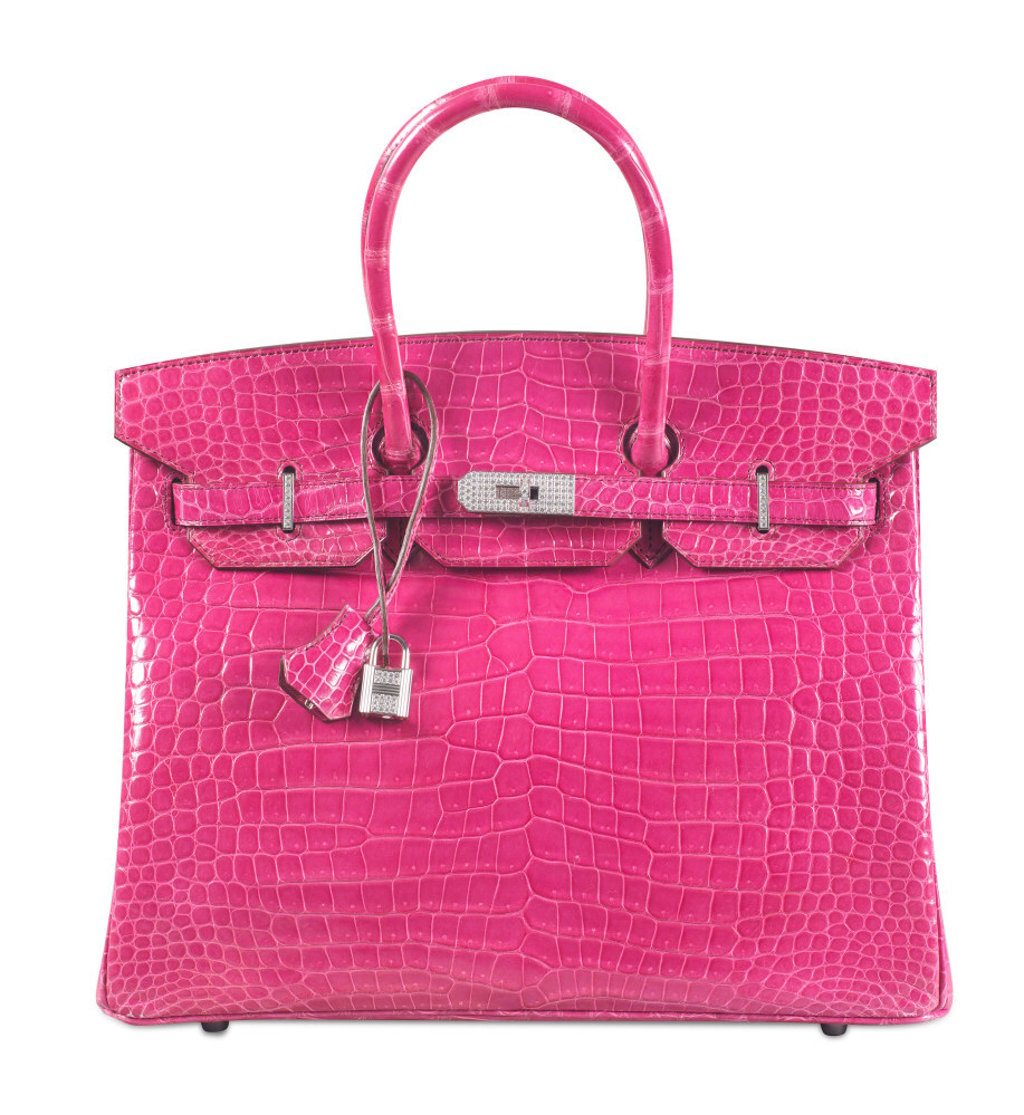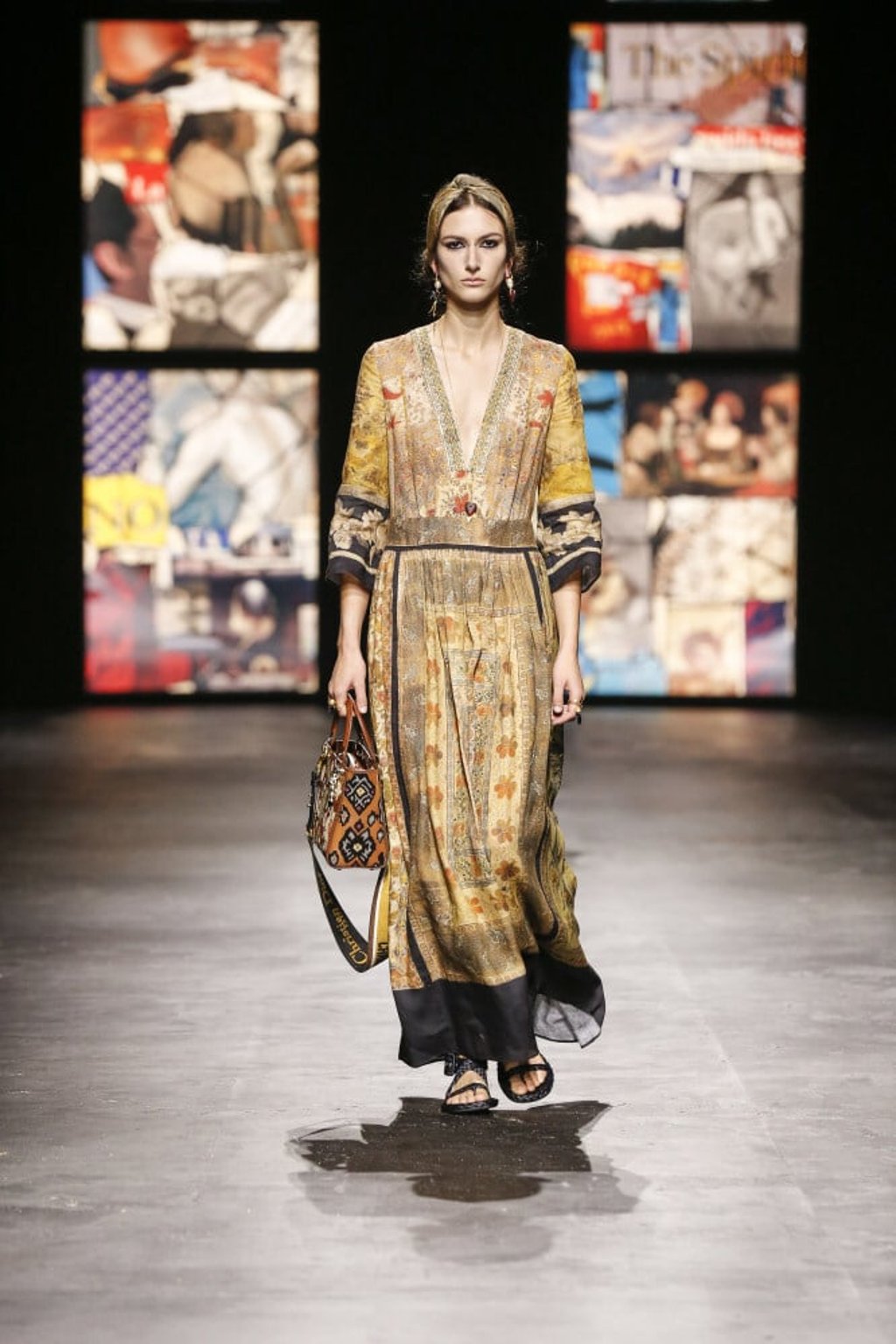The real reason Louis Vuitton and Chanel are raising their prices? Brands aren’t just weathering the pandemic – luxury goods only get more desirable when they’re less accessible

- Hermès bags don’t have to be in short supply, but the brand is good at creating the impression of exclusivity with status symbols like its famous Birkin bags
- Louis Vuitton’s bestselling Pochette Accessoires Monogram Canvas recently went up 25 per cent from US$630 to US$790, with no drop in demand
It’s no secret that both modern and heritage fashion houses employ myriad strategies in a bid to retain current clients, and attract future buyers, all while preserving the value and prestige of their product.
The idea that luxury brands increase prices on a regular basis goes far beyond keeping up with factors such as inflation. Rather, for many companies and industry analysts, it’s seen as a way to control brand image and ensure the perception of prestige remains – something that’s widely accepted as normal practice from luxury fashion houses.

Chanel, for example, increased the price of its small leather goods this spring, and is expected to do so again later this year, while Louis Vuitton introduced price hikes twice in 12 months on its small leather goods and handbags. The brand’s Onthego GM Monogram Canvas went up from US$2,690 to US$2,790, for instance – a 3 per cent rise- while another of Louis Vuitton’s bestsellers, the Pochette Accessoires Monogram Canvas, went up a whopping 25 per cent from US$630 to US$790.
But what else might be a motive for price hikes – if not to account simply for inflation and to retain prestige? Certain industry analysts believe that the strategy of luxury brand price increases goes beyond even these factors.
Diana Nguyen is a former investor and trader who worked in banking in Singapore before returning to North America to launch Lux Second Chance, an online second-hand luxury retailer that specialises in status symbol products that can be difficult for the average consumer to find new on their own.

According to Nguyen, luxury brands increased prices in 2020 and early 2021 to make up for losses in 2020. Thanks to decreased cross-border travel, sales were significantly lower compared to 2019.
“Luxury brands make 20-30 per cent of their revenue from tourists. Due to the pandemic, there were fewer tourists to European countries like France and Italy which houses iconic brands like Chanel, Hermès and Louis Vuitton,” explains Nguyen.